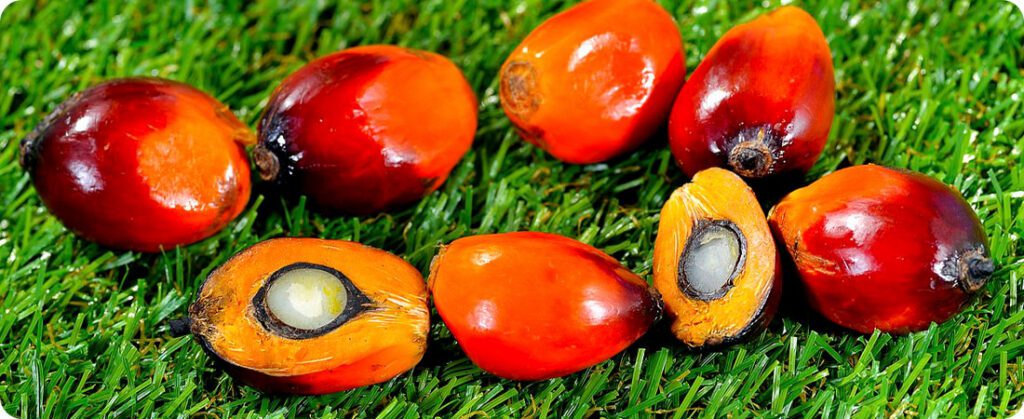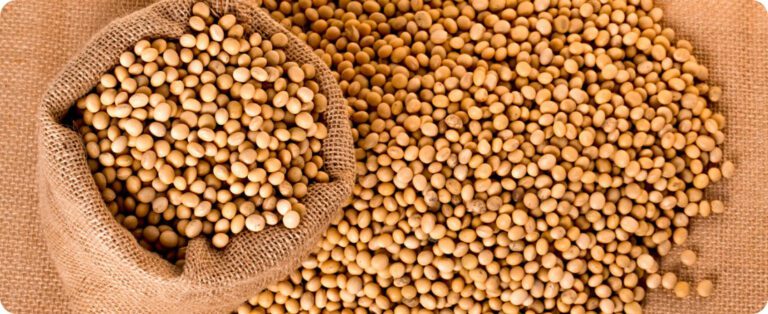
The stocks of Palm oil Malaysia’s palm oil exports rose significantly in September, reaching an eight-month high. While there was a modest increase in exports and a reduction in production, the sharp drop in local consumption was the driving factor that outweighed these effects. The Malaysian Palm Oil Board (MPOB) released the data on Thursday.
Palm oil stocks hit record high in eight months
Malaysia, the world’s second-largest palm oil producer, noted that its stockpiles rose by 6.93% in September from the previous month to 2.01 million tonnes, the highest since January this year. As a result, the increase in stockpiles could limit the advance in palm oil futures, which are already close to six-month highs.
Palm oil production and exports in September
Crude palm oil output fell 3.80% from August to 1.82 million tonnes. However, palm oil exports edged up slightly, rising 0.93% to 1.54 million tonnes, the MPOB said.
These figures contrast with market expectations. A Reuters poll had forecast stockpiles of 1.95 million tonnes. Production was expected to be 1.87 million tonnes, while exports were estimated at 1.5 million tonnes. These figures indicate that stockpiles have exceeded expectations.
Impact of local consumption on the palm oil market
The surprise, on the other hand, came with a 37% reduction in local consumption, which in turn contributed to the rise in inventories. This happened despite the decline in production, as explained by Anilkumar Bagani, head of research at Sunvin Group, a vegetable oil brokerage.
Price movements and expectations for October
Palm oil, which typically trades at a lower price than rival oils such as soybean oil and sunflower oil, has recently been selling at a premium. How palm oil prices move will be determined by Malaysia’s October output and the direction of prices for rival oils, according to Paramalingam Supramaniam, director of Selangor-based brokerage Pelindung Bestari.
Source: Ashley Tang and Rajendra Jadhav | Notícias Agrícolas















